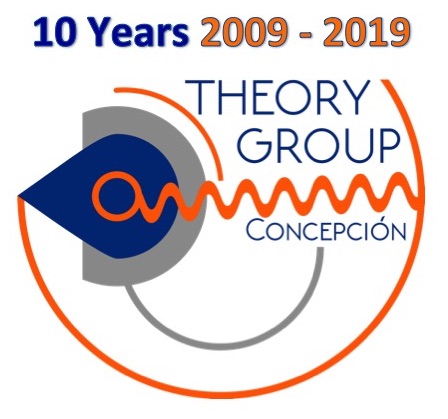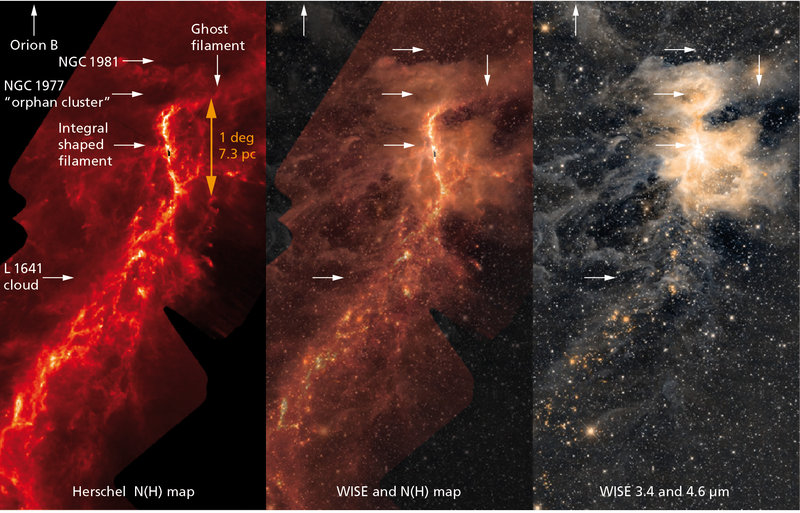Research Areas
The Department of Astronomy counts 12 faculty members working in a large variety of reasearch areas. The following table shows the main research areas with a very short description. For more informations please follow the provided links.

|
Galaxy evolution and galaxy environments
Our group is dedicated to the study of galaxy properties and
the formation and evolution of galaxies as a function of the
local environment in which they reside. |

|
Stellar Populations
The research area of Star Clusters and Stellar Populations
started with the arrival of Douglas Geisler to Concepción.
He was also one of the co-founders of the Astronomy Department.
Today, the group consists of two professors, Geisler and Sandro
Villanova, several postdoctoral researchers, a number of
graduate and undergraduate students, plus important
international collaborators. |

|
Stellar Variability
The Stellar Variability Group is led by the astronomer Ronald
Mennickent, PhD from the Pontificia Universidad Católica de
Chile. The main topic research of this group nowadays is about
Double Periodic Variables (DPVs), discovered in 2003 by R.
Mennickent and collaborators. |

|
Distance Scale
The Distance Scale Group is led by the astronomer Wolfgang
Gieren. The main topic research of this group is about
high precision measurements of multiple distance indicators
in astronomy. |

|
Theory Group
Our group consists of 3 professors working in the field of
theoretical astrochemistry, magneto-hydrodynamics and stellar dynamics.
|

|
Star Formation
The Starformation group works in observational near-field and resolved
star formation.
|

|
Instrumentation
The Center for Astronomical Instrumentation, CEPIA, of the
Department of Astronomy of the University of Concepción,
was born from the QUIMAL Fund, CONICYT, destined for the
Development of Technologies for National Astronomy, awarded to
the professor of the Department of Astronomy, Dr. Rodrigo Reeves
in the year 2014. |





